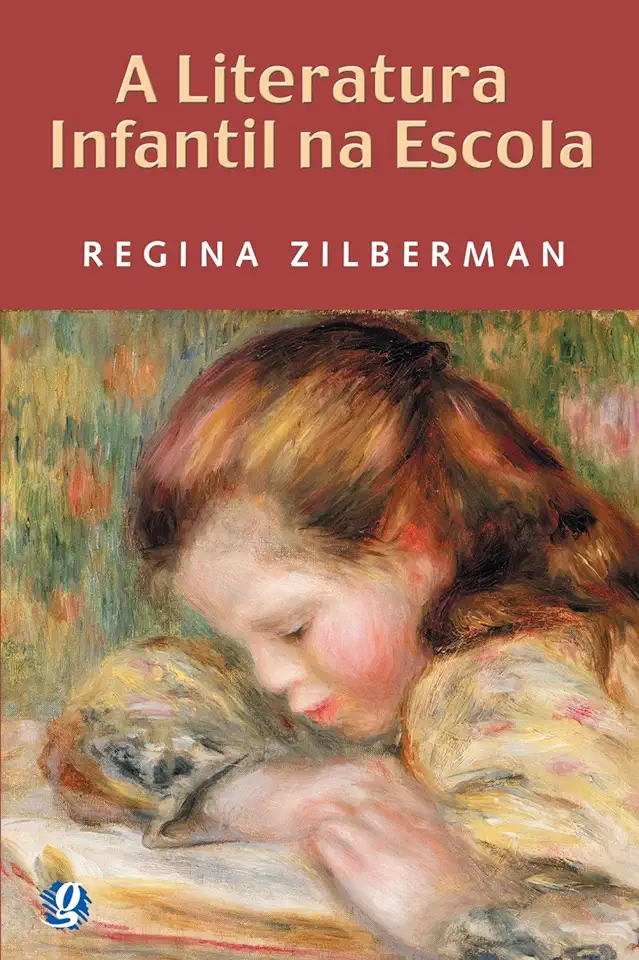
Children's Literature at School - Regina Zilberman
Children's Literature at School: A Guide for Teachers and Librarians
Introduction
Children's literature is a powerful tool that can be used to engage students, foster a love of reading, and teach important life lessons. In this comprehensive guide, Regina Zilberman provides a wealth of information and resources to help teachers and librarians make the most of children's literature in the classroom.
Why Children's Literature is Important
Children's literature is not just for entertainment. It can also play a vital role in children's development. By reading children's books, children can learn about new cultures, explore different perspectives, and develop their imaginations. Children's literature can also help children to cope with difficult emotions, such as grief, anger, and fear.
How to Choose Children's Books
When choosing children's books, it is important to consider the age and interests of the children you are reading to. You should also look for books that are well-written and engaging. Here are a few tips for choosing children's books:
- Consider the child's age and interests. What kinds of books does the child enjoy reading? What are their interests?
- Look for books that are well-written and engaging. The writing should be clear and concise, and the story should be interesting and engaging.
- Choose books that are appropriate for the child's reading level. The book should be challenging but not too difficult.
- Look for books that promote positive values. Children's books should teach children about important values, such as kindness, compassion, and respect.
Using Children's Literature in the Classroom
Children's literature can be used in a variety of ways in the classroom. Here are a few ideas:
- Read aloud to students. Reading aloud is a great way to introduce children to new books and authors. It can also help to foster a love of reading.
- Use children's books to teach reading skills. Children's books can be used to teach a variety of reading skills, such as phonics, vocabulary, and comprehension.
- Use children's books to teach other subjects. Children's books can be used to teach a variety of subjects, such as math, science, and social studies.
- Encourage students to write their own stories. Writing their own stories can help children to develop their imaginations and express themselves creatively.
Conclusion
Children's literature is a valuable resource that can be used to engage students, foster a love of reading, and teach important life lessons. By using the information and resources provided in this guide, teachers and librarians can make the most of children's literature in the classroom.
Call to Action
If you are a teacher or librarian, I encourage you to read this book. It is a valuable resource that will help you to make the most of children's literature in the classroom.